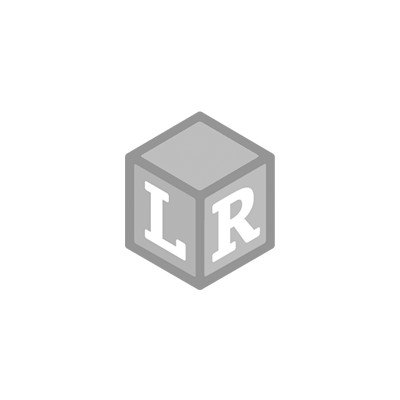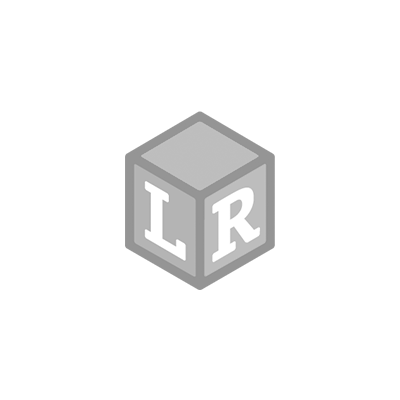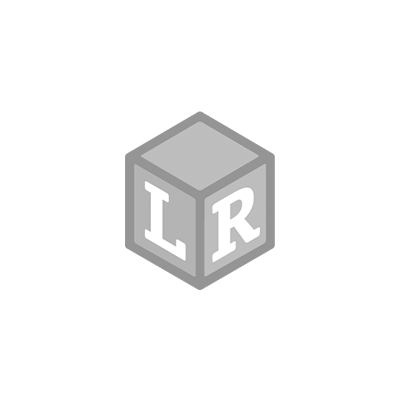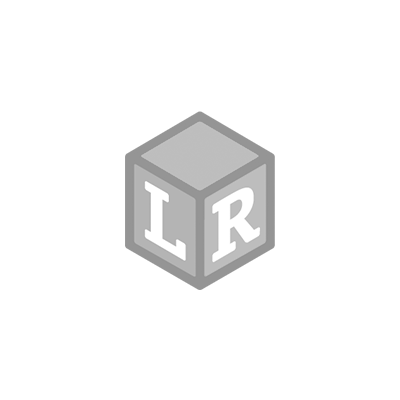
4 Simple DIY Sorting Activities with Counters
- Gabrielle Fischer Posted On Aug 13, 2020 | Social-Emotional Learning
Counters are a great way to encourage toddlers and preschoolers to develop their sorting skills. In this blog we are sharing four quick and easy ways to set up sorting activities with just a few basic materials.
- Set of counters (we used our favorite Learning Resources All About Me Family Counters)
- A4 white paper or card
- Markers (black, red, blue, yellow, green, purple and orange)
- Dot markers (red, blue, yellow, green, purple and orange)
- Ruler
Why is Sorting Important?

Before we get into the details about the activities, it’s important to point out that sorting activities offer a huge host of learning opportunities for toddlers and preschoolers. They may seem simple, but your little one is developing a range of skills when working with counters. For example, their little hands are constantly moving which is helping their fine motor skills to develop (these skills are key for writing as they get older). They will also have the opportunity to explore counting and use number vocabulary, as well as color recognition and vocabulary development. For my 3 year old, sorting activities often also lead to imaginative play, especially when she uses her family counters.
How to Set Up the Activities

The great thing about making DIY sorting activities is that they take a matter of minutes to set up. Be sure to prep the sorting sheets before inviting your child to take part or else you risk them losing interest waiting for the activity to be ready. Simply use markers to draw out sorting sheets like the ones in the photo. Carefully consider your child’s passions and try to incorporate them into your sorting sheets. My toddler loves putting the family counters into homes, hence I made the houses sheet. She also really enjoys sorting by color and lining up her toys.
Activity 1: Walk the Line to Meet a Friend

Whenever my little one plays with these counters she always likes to make them be friends. I drew some dotted lines in black marker and put the same kind of counter at each end of the line. I invited her to walk one of the counters along the line to meet their friend. This was great for her fine motor skills as she had to manipulate the counters around the different shapes of the lines. She also demonstrated color vocabulary, chatting away about how the red cat was walking along to meet the yellow cat. There was lots of imagination creating little personalities for the characters in her play too.
Activity 2: Family Homes

For this one, I drew six different colored houses and then gave each house a number. My daughter enjoyed sorting the correct number of family counters into the correct colored home. There was an element of problem-solving for this one too because the houses were not big enough to fit too many large counters in. She carefully had to figure out the best combination of counters to fit in the house. I was sure to encourage as much talking as she did to support her vocabulary development. Once she had finished sorting, she then wanted to enjoy sending some of the counters to different houses for playdates.
Activity 3: Colorful Stepping Stones

Dot markers are a great way to quickly add colorful sorting marks to a piece of paper. Here I added different colored dots to the page and told my toddler that they were colorful stepping stones. She added the correct counters onto the stepping stones (she would make them jump on, with ‘boing’ sound effects of course). I intentionally also worked in some numeracy by adding 1-6 dots instead of all the same number of dots for each color. That way my daughter could count as she placed the family counters on the dots and each time she was reaching a different number.
Activity 4: Color Lines

This one is super simple but is always enjoyed. Just draw outlines in the different colored markers and invite your little one to line up the counters on the correct color of the line. I didn’t give my daughter specific instructions as I wanted her to have some choice. I thought she would try and line them up standing along the line, but she chose to make them lie down. This was another great way to work on her fine motor skills, as well as getting her to think about the size. She realized that the ‘Mummy and Daddy’ counters were much bigger than the ‘baby’ counters. She started to plan which order she would add them in and enjoyed trying to get them perfectly lined up.
A Few Tips
I always find that my toddler responds better to activities like these when she has some choice. I presented her with the four sorting sheets and let her choose which order to do them in. I also provided her with all of the counters so that she had the freedom to choose which counters to use. If you are doing these with a younger child try to just focus on one simple aspect when sorting, for example color or size. If working with an older child you can make the activity more challenging by combining several aspects of sorting, for example, color and number, or size and color.My final tip is to encourage your child to also enjoy making their own sorting sheets. I always leave out the art supplies to allow my daughter the opportunity to make her own sorting sheet. This encourages engagement, and also introduces more creativity and fine motor skill work as well. Do you have a favorite way to sort counters? We’d love to hear all about it in the comments! Explore other Learning Resources counting toys and counting ideas as well.
 Shop UK Site
Shop UK Site 













 After that warm-up, transition from color mixing to into rainbow fun with one of my favorite, simple activities for this time of year. The best milk color changing experiment I have found is from
After that warm-up, transition from color mixing to into rainbow fun with one of my favorite, simple activities for this time of year. The best milk color changing experiment I have found is from 




 If you want to supercharge your leprechaun trap construction, try weaving this
If you want to supercharge your leprechaun trap construction, try weaving this 





